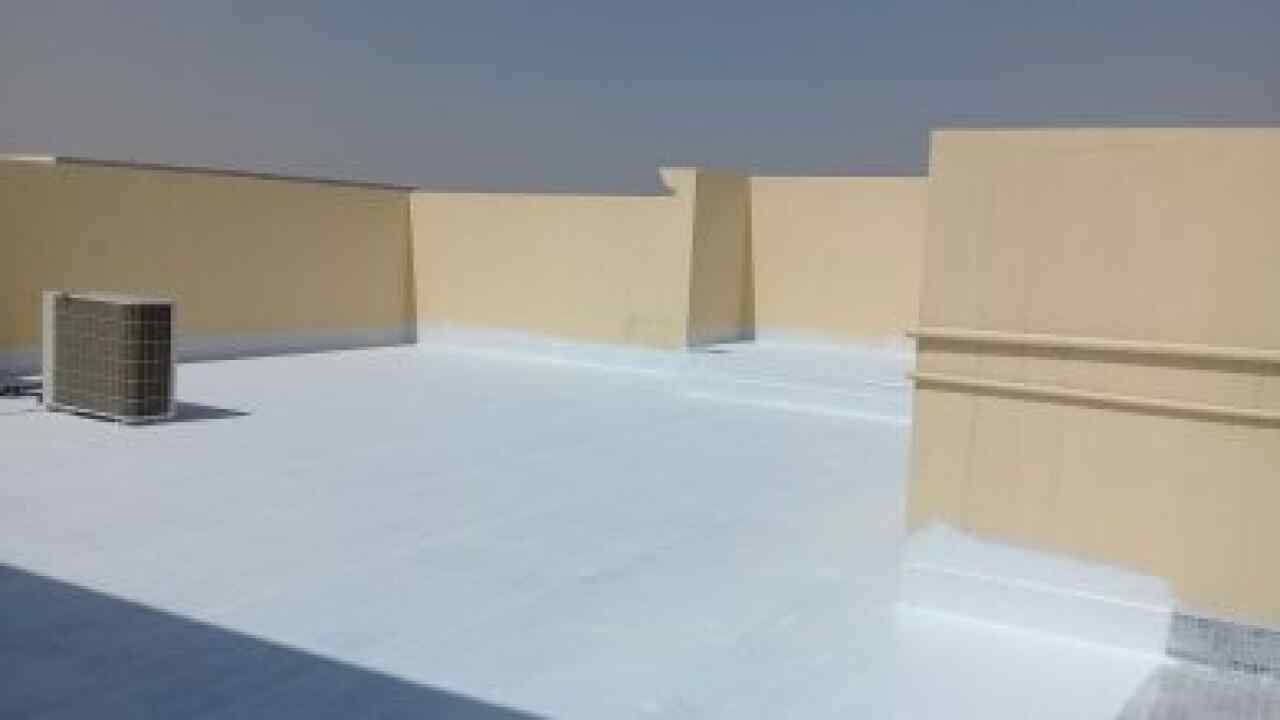roof insulation
Insulation of roofs is one of the important steps to protect buildings where roofs are exposed to the high heat of the sun, and they are also exposed to rainwater through which water spots may collect in certain places on the roofs. to water leakage from the roofs, which indicates the extent of the deterioration.
that reaches the roofs, so roof insulation is the only prevention from all these damages as a result of the constant change of weather factors, and it has many types, so we will explain in our next article through the specialist for trade and contracting about the best Types of insulation, especially roof insulation, its combinations and importance.
Types of roof insulation
Roof insulation is divided into several types, namely:
Waterproofing: The accumulation of water causes cracks to occur, which causes water leakage and moisture on the surface, which in turn leads to the appearance of mold. There are many ways to insulate surfaces, which is the use of butamine sheets, which are used as roof insulation and are installed through gas heat, which in turn prevents water leakage From the roofs, there is also water glass used to prevent water from leaking from the roofs by spraying it directly on the roof of the building.
Thermal insulation: There are many materials through which thermal insulation is made for any surface, and one of these materials that are commonly used is rock wool, where rock wool is used in the form of panels attached to the surface or through a special tile on the surface and it is called mosaic, where the percentage is placed and it is made of wool rock, and another means of thermal insulation is the use of perlite.
The best types of waterproofing for roofs
If you suffer when entering the winter season from leakage in the ceilings and moisture in the walls or even drops of water seeping into your home, it is best for you to insulate the roof of your home so that you do not suffer in the future from the effects of leakage, waterproofing is not limited to insulating surfaces only, but it can Also insulate water tanks or swimming pools.
Positive waterproofing:
It is one of the most common methods used, this type of insulation is done by creating small raceways or pipes in which water seeps, this water is often used for positive things such as watering a home garden or watering young seedlings.
This method is considered environmentally friendly, but it is a primitive method that is not suitable when buildings are damaged as a result of water leakage and moisture. It is necessary to resort to the most effective insulation methods.
Passive waterproofing:
By coating the other side of the water leakage site with insulating materials, but this method is rarely used and is used only when reasons arise that do not allow the establishment of a positive insulation method.
Natural materials used in waterproofing
The natural materials are:
1- Tar or diesel or what is known as (bituminous):
Its use is relatively old and simple, and it is derived from petroleum and poured on the roofs, so the water is very well isolated and the building is protected.
2- Metal panels:
There are many types of them, such as lead plates, iron, aluminum, stainless steel and other types of metals. This waterproofing method is characterized by its low cost, but it has a major drawback, which is rust. These metals rust and corrode when exposed to water for long periods.
Of course, every problem has a solution, and the solution to this problem is to paint the panels with a rust-resistant material that isolates the surface of the panels from water, air and moisture.
3- Asphalt insulation:
This material is formed and used in the form of three asphalt panels and asphalt rolls or unmodified solid asphalt. How to make asphalt.
4- Wooden panels:
It is also used in cold countries and placed diagonally, but the wood is not fire-resistant, and this is a major disadvantage in its use.
The chemicals are:
1- Insulation with foam or (polyurethane):
It is placed on surfaces as it isolates the smallest places that are difficult to reach compared to other types of insulation.
This type of waterproofing and thermal insulation lasts for almost twenty years.
2- Liquid bitumen insulation:
It is a manufactured chemical and one of its great advantages is that it deals with all types of surfaces, whether they are flat, zigzag or have defects. This material is poured and fills all the spaces to be isolated, and it is also possible to be resistant to insects and fungi.
3- Polyethylene insulation:
It is an easy to use type that comes in the form of a black tarpaulin and is no more than 46 cm thick. Polyethylene insulation is light, does not form a heavy load on the roofs, is flexible, and is suitable for old buildings with roofs that do not bear significant loads, and have zigzag lines, problems or unevenness.
4- Brick insulation:
It is a material made of burnt clay or pottery, which you often see in those European-style houses with red roofs.
The importance of roofing waterproofin
Waterproofing offers many benefits, including:
- Prevent moisture in surfaces and walls.
- Saving in maintenance costs resulting from water leakage inside the house.
- It eliminates the problem of damage to surfaces and walls as a result of water penetration inside.


Share
- Comments